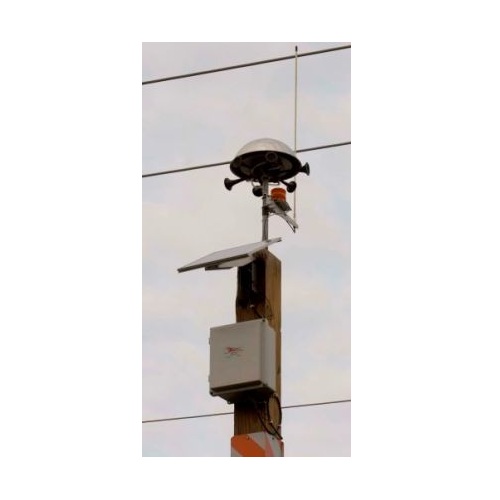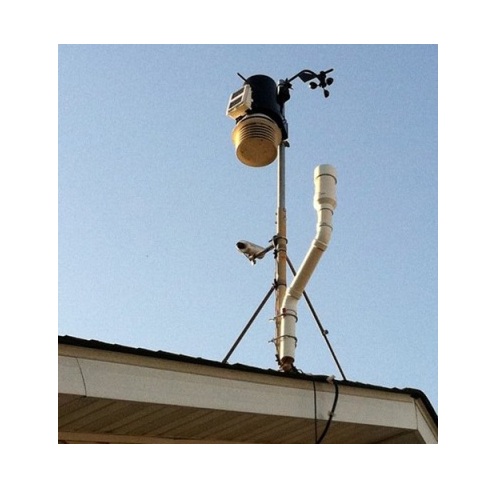Lightning hazards can be mitigated by advanced planning. One part of this safety program should include an early detection and warning alarm package. Lightning detectors can give notice to shut down dangerous operations before the arrival of lightning.
(Note there is no defense from a “first strike” situation.) Detectors also may signal “all clear” conditions after the lightning threat has passed. Some type of detection package may help you with issues involving duty-to-warn, liability, or negligence issues. Lightning detection and warning systems provider in india.
Hearing thunder indicates the accompanying lightning is within your hearing range. (Thunder and lightning always happen together — acoustic and electrical signatures.) You see lightning but don’t hear thunder? That particular lightning was beyond your hearing range.
The distances from lightning Strike A to Strike B to Strike C easily can exceed more than 6-8 miles. Hear thunder? How much time is needed to get to shelter? Two to four minutes is suggested. Suspension of activities is very site-specific. For general situations, we recommend activating your lightning defense when thunder is first heard. Immediately find shelter!


We also recommend waiting to resume activities 30 minutes after the last observed lightning or thunder, even though this protocol may seem excessively conservative in many situations (“we’ll never get anything done under such strict guidelines”). It is a case-by-case risk management decision. And yes, safety and productivity sometimes are incompatible. Safety, however, always should be the prevailing directive.Lightning detection and warning systems dealers in india.
The most reliable way of issuing a lightning warning is with a dedicated lightning detection system. About 90% of thunderstorms are already producing lightning by the time they are within 12 miles (20 km). Your lightning warning system must provide adequate notice of an approaching storm.
10% of thunderstorms provide no warning. The first flash will occur nearby or overhead, which is the most dangerous, which is why it is important to rely on products that detect more than lightning.
The ideal system will give adequate warning before the storm moves overhead AND warn of the threat posed by the potential for overhead lighting before it has even begun. In both cases, advanced notice allows managers and operators of at-risk sites to alert staff, visitors, or players.
The thunderstorm detector must be able to alert for both distant lightning as well as the presence of a strong electric field at your location which is indicative of lightning developing overhead.
Lightning Warning system
- Self-contained, easy-to-use professional lightning detection and warning system.
- Advanced warning of overhead thunderstorms and real-time warnings of distant lightning up to 22 miles (35 km) away.
- Specifically designed for sporting and leisure facilities as well as industrial sites and meteorological applications.
- Professional meteorological detection and warning algorithms.


